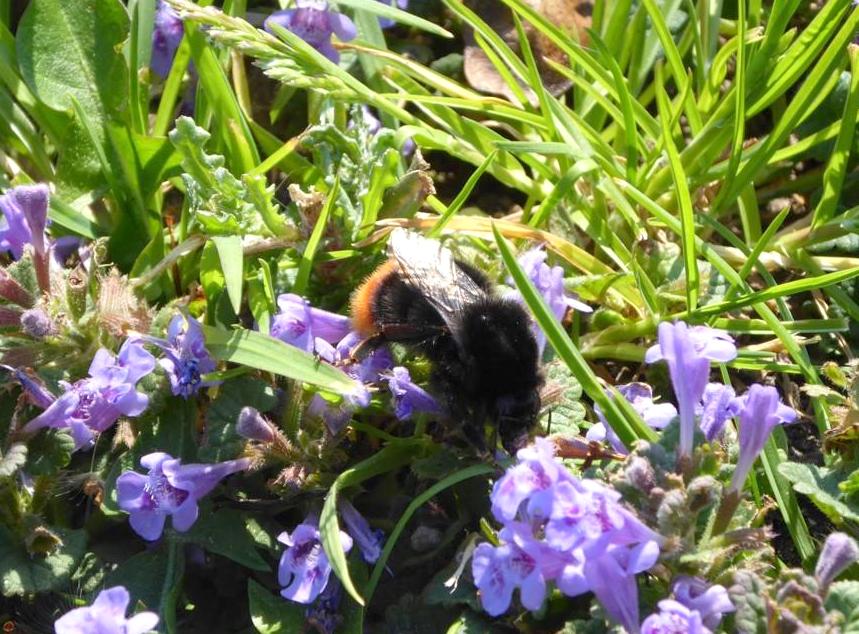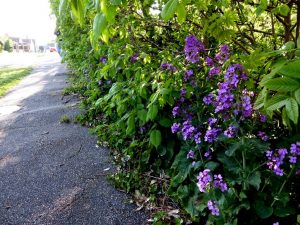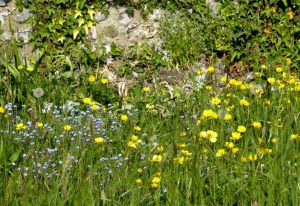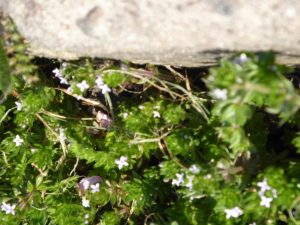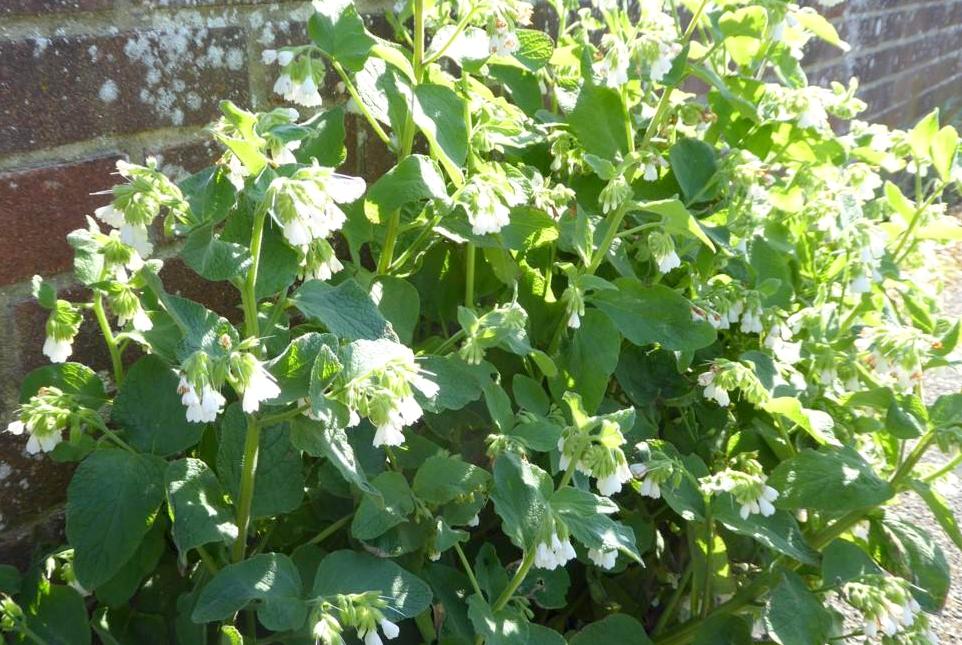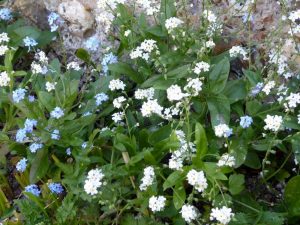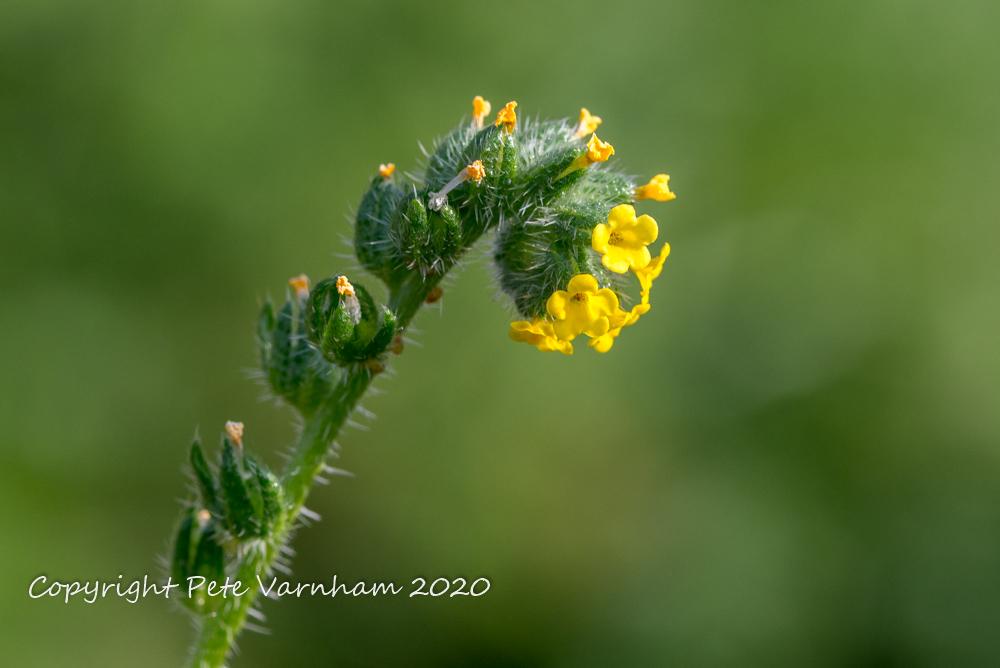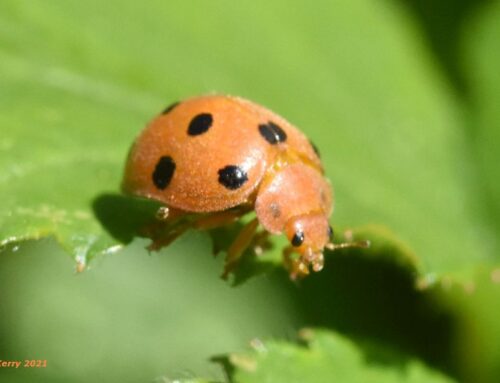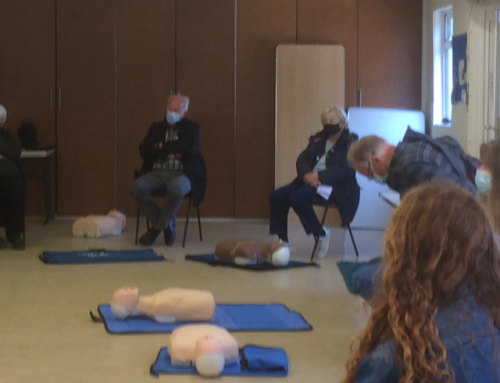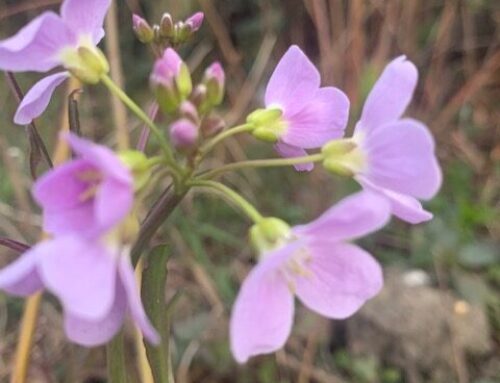(Red tailed bumble bee on ground ivy)
Thanks so much to this Seaford resident who shares her thoughts at this time, and her lovely photographs taken on her walks
Joy of small things
“As our physical horizons have shrunk, how grateful we are for the significance of the little things. We do not have to go to a nature reserve while we have a nature trail on our doorsteps.. With previously longed-for extra leisure time them there are plenty of topics to explore. So much to notice. Where is a tall hedge with twittering birds? Which wall has the most lichens? Where is a sheltered place with butterflies spiralling in courtship? Which garden hums? Where does a blackbird serenade the neighbourhood? Where do sparrows dust bath and peck at grit? Where are bumblebees crawling into cool undergrowth to their nest? Where is leaf litter for a dunnock to peck for grubs?
For me it is time to learn the names of bees and their different habits. But an easier way to begin may be by spotting the flowers in the verges and cracks.
(honesty in an elm hedge, where orange tip butterfly will lay eggs, carder bee on common vetch, buttercups and forget me nots)
For those of us who have a 2 mile round walk just to get to the green edge of the town, these short strolls around the block and, flower patches are precious and a source of joy to those who look closely. A family with toddlers stopped outside our house because there was a wallflower at the foot of our garden wall! How simple a pleasure looking at a flower!
(bugle in a damp patch, field madder in the gutter, hedge garlic/garlic mustard also used by orange tip butterfly to lay eggs)
At the sides of our local streets we spotted recently, white comfrey and blue ground ivy, bugle in a damp patch, campanula with field woodrush and field madder in the gutter. We also spotted red clover and buttercup, (common flowers but beautiful and so important for pollinators). Sorrel found in another street is food plant of the small copper butterfly and we spotted a mountain cornflower escaped from the garden.
How many times in a year do our gardens have a lull, with not enough of the most nutritious flowers to feed a brood of bee larvae? The queens, and later on her workers need to feed all the time to avoid the exhaustion of long flights. Her brood will need a healthy diet from the best flowers and the wild flowers found in the verges may fill the gaps.”
How wonderful that our ration of exercise can make us realise just how precious our time is, and how much there is to see!
Plant Identification
Botany can be a lifetime in the learning, but a great way to start is to learn the most common wild flowers (to some people these are just weeds, but a weed is only a plant in the wrong place!) You could try these basic spotter guides as a starting point.
This blog “going on a weed hunt” is brilliant for getting children involved
Plantlife have some brilliant monthly spotting sheets that beginners can download
If you want to learn more it’s a good idea to take photographs of flowers, or even draw them, then look them up when you get home.
When our guest blogger was learning botany she loved Roger Phillips’ clear photos in Wild Flowers of Britain (Pan books) where flowers are arranged in order of flowering to making it easier for a beginner.
I have a few wild flower books, and the Wild Flower key by Francis Rose is invaluable, as a comprehensive guide, putting flowers into their botanical groups, but it is not a great book to start with. My favourite book is Wild Flowers by Sarah Raven. This is ordered by habitat, with beautiful photographs and all sorts of fascinating details about the flowers. She really shares an infectious passion for wild flowers. My copy was a bargain £7.50 from the cheap bookshop in Lewes! Highly recommended.
More about Comfrey and the borage family
Sarah Raven tells us that comfrey is a rough hairy plant, sandpapery to the touch and that the leaves were popular in Italy boiled and served as a wilted green and Bavaria as a party dish by frying the leaves in batter. Traditional healers have also used oral preparations of comfrey to treat stomach issues, such as ulcers, colitis, and diarrhea.
Today, eating or taking any form of comfrey by mouth isn’t recommended due to the pyrrolizidine alkaloids that comfrey contains, which can be unsafe.
Comfrey contains allantoin, which promotes healing in connective tissue, and historically comfrey was used on war wounds. Comfrey leaves can also be grown to be made into an excellent fertiliser, but do beware because it can take over your garden!
In Francis Rose, we learn that comfrey is part of the borage family (which includes forget me nots, vipers bugloss and green alkanet.) There are various varieties of comfrey including common comfrey, tuberous, creeping, white and Russian comfrey. You can tell these apart by the shape and size of the calyx (outermost whorl of flower parts) and for some the colour of the flower.
Flower spotting can get quite complicated! If you want to identify a new find, make sure you get a picture of the whole plant, top, underneath, leaves, stems etc. Notice too whether it is bristly, sticky or smooth, whether it is scented. Make a note of the size of the plant and flower, and where it is growing – the type of soil, whether sun or shade! This will all help, when you come to research your plant when you get home.
Another plant in this borage family is the common fiddleneck.
Many thanks to Pete Varnham for this great photograph taken near his garden, near Castle Hill. What great name for a plant. Not one that I’ve spotted yet. Obviously the Castle Hill volunteer days and transect walks are currently on hold, but local volunteers are still managing to keep some records of what they spot, and we will be sharing more of their sightings very soon.
We would love to hear from you, if you have been flower spotting on your daily walks. Do let us know which flowers brighten up your day.



